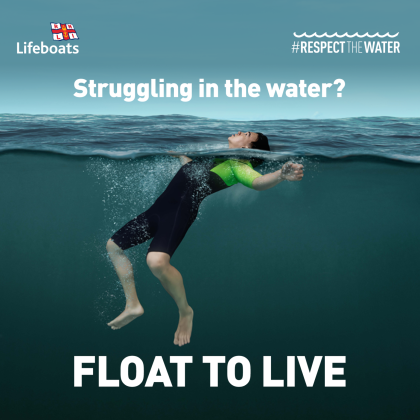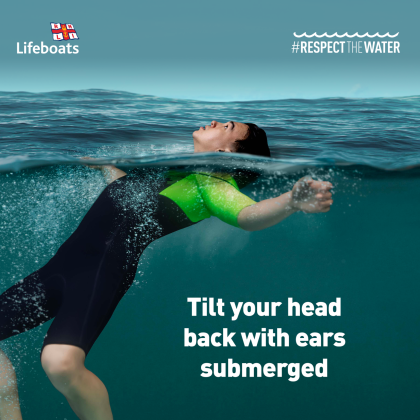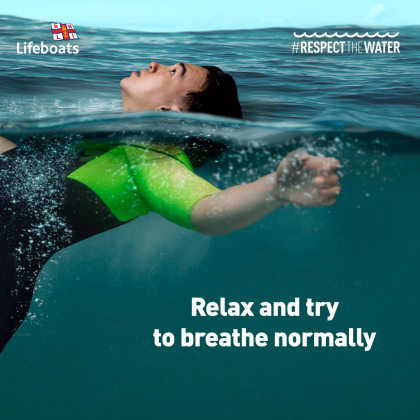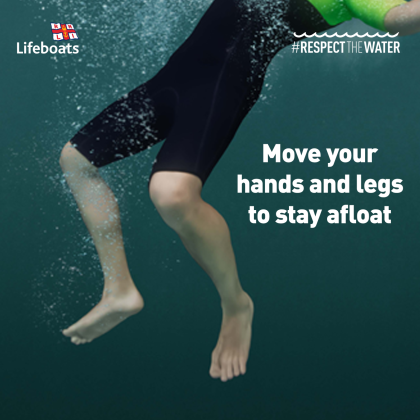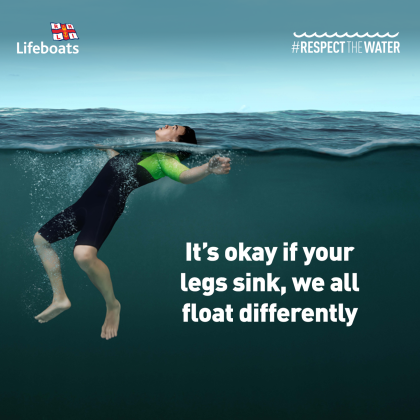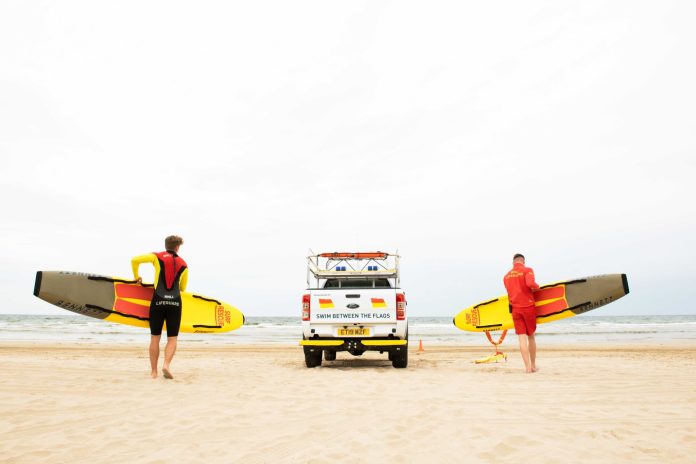
As Northern Ireland prepares for a spell of hot weather, the RNLI is urging families to enjoy themselves but to put safety first.
The RNLI is asking anyone planning a trip to the coast or inland waterways to make sure they keep themselves and their families safe by following this advice:
- Visit a lifeguarded beach and swim between the red and yellow flag.
- Check the weather forecast, tide times and read local hazard signage to understand local risks.
- Keep a close eye on your family – on the beach and in the water – don’t allow your family to swim alone.
- If you fall into the water unexpectedly, Float to Live.
- In an emergency, dial 999 and ask for the Coastguard.
RNLI lifeguards will be providing a daily patrol between 10am and 6pm on beaches at Benone, Downhill, Castlerock, Portstewart Strand, Portrush East and Portrush West Strands, Whiterocks and Ballycastle on the Causeway Coast and Tyrella, Cranfield and Murlough in County Down. Lifeguards are trained in casualty care and water rescue and will be on hand to offer water safety advice to the public and provide information on sea conditions that day.
Linda-Gene Byrne, RNLI Water Safety Lead, said: “We are expecting people to head to the coast during the hot weather, it is a great way to have fun, relax and cool off in high temperatures. Choosing a lifeguarded beach will mean our lifeguards can ensure you enjoy a safe visit. Please head to a lifeguarded beach, swim between flags. Remember where there are no flags, there are no lifeguards.
“If you find yourself in trouble, Float to Live. Knowing this technique and encouraging your family to practice it, could save your life. Whether you get into difficulty in the water at the coast or on any of our inland waters, Float to Live: Tilt your head back, with your ears submerged. Relax and try to breathe normally. Move your hands and legs to help you stay afloat if you need to. It’s fine if your legs sink – we all float differently. By doing this, you give yourself the chance to rest and recover your breathing. Once you’ve regained control of your breathing, you can call for help or swim to safety.”
For more information and advice on water safety please visit RNLI.

